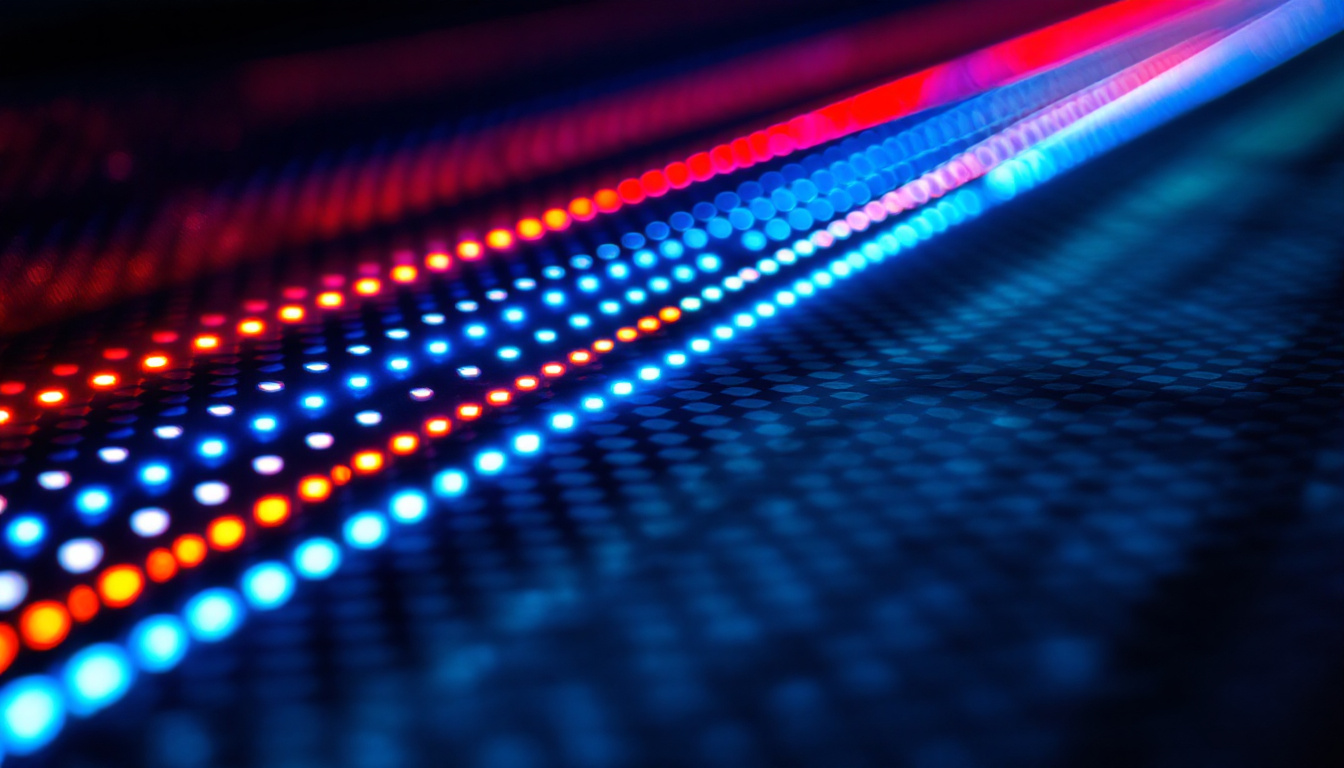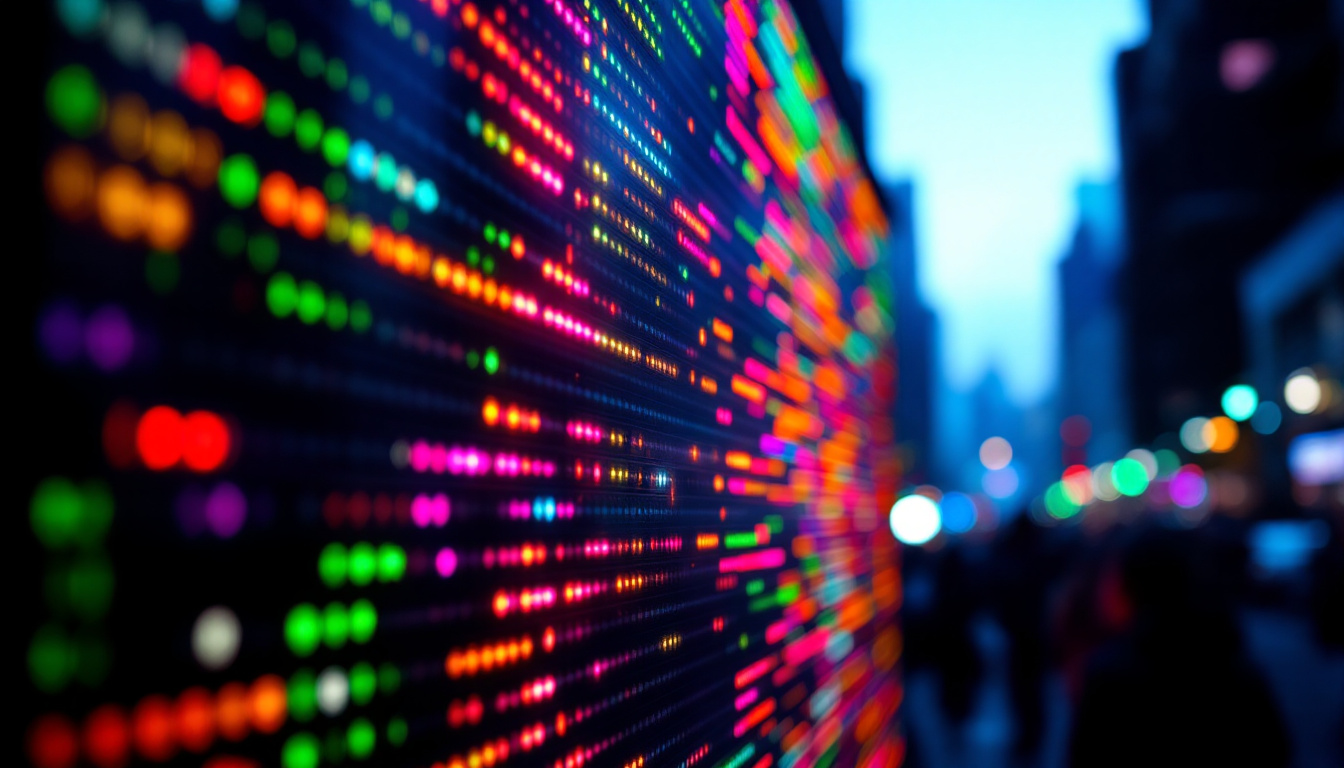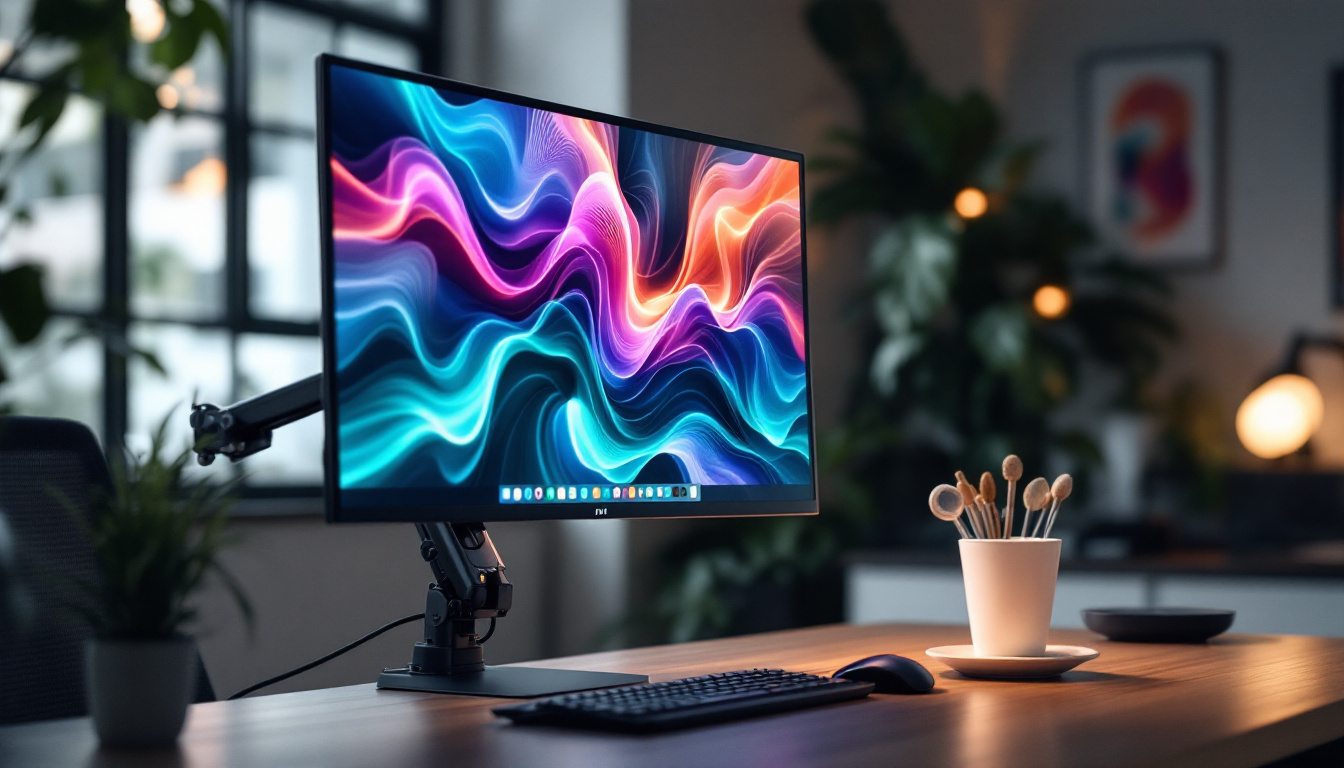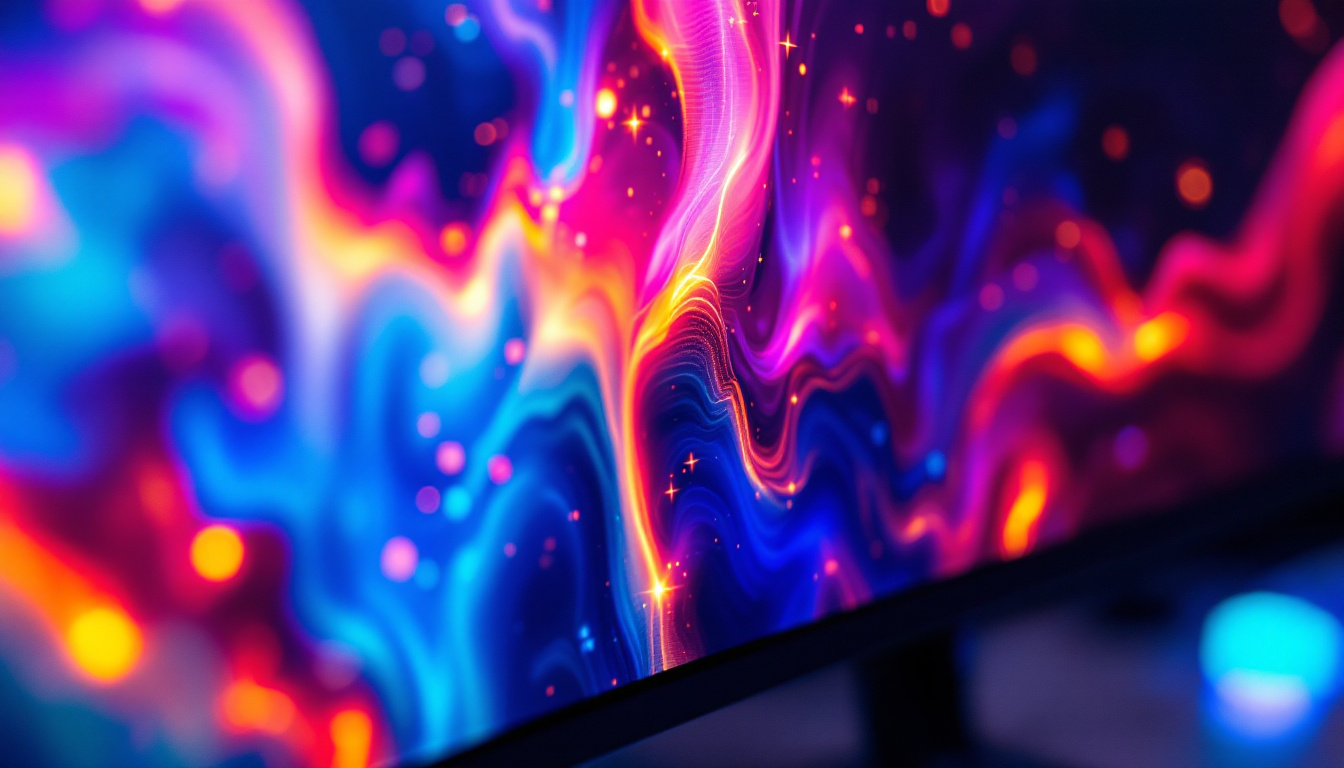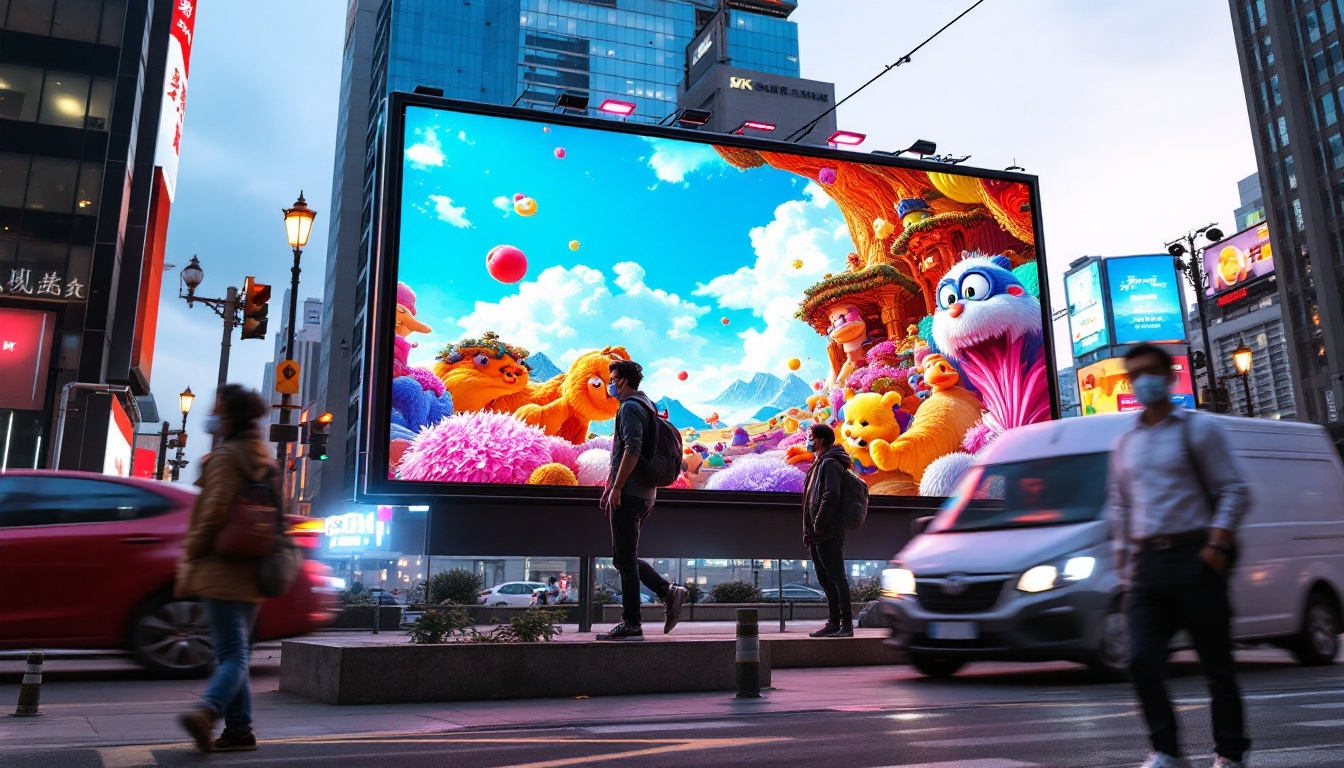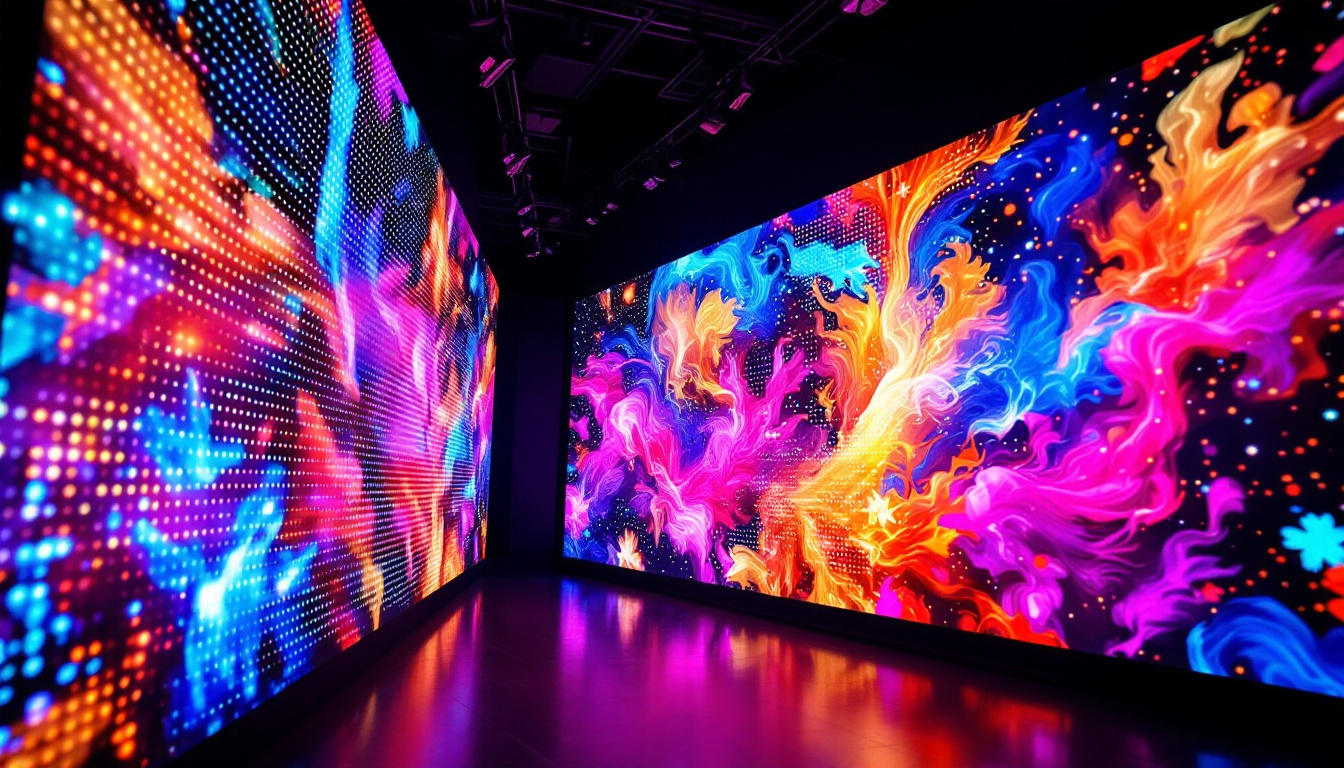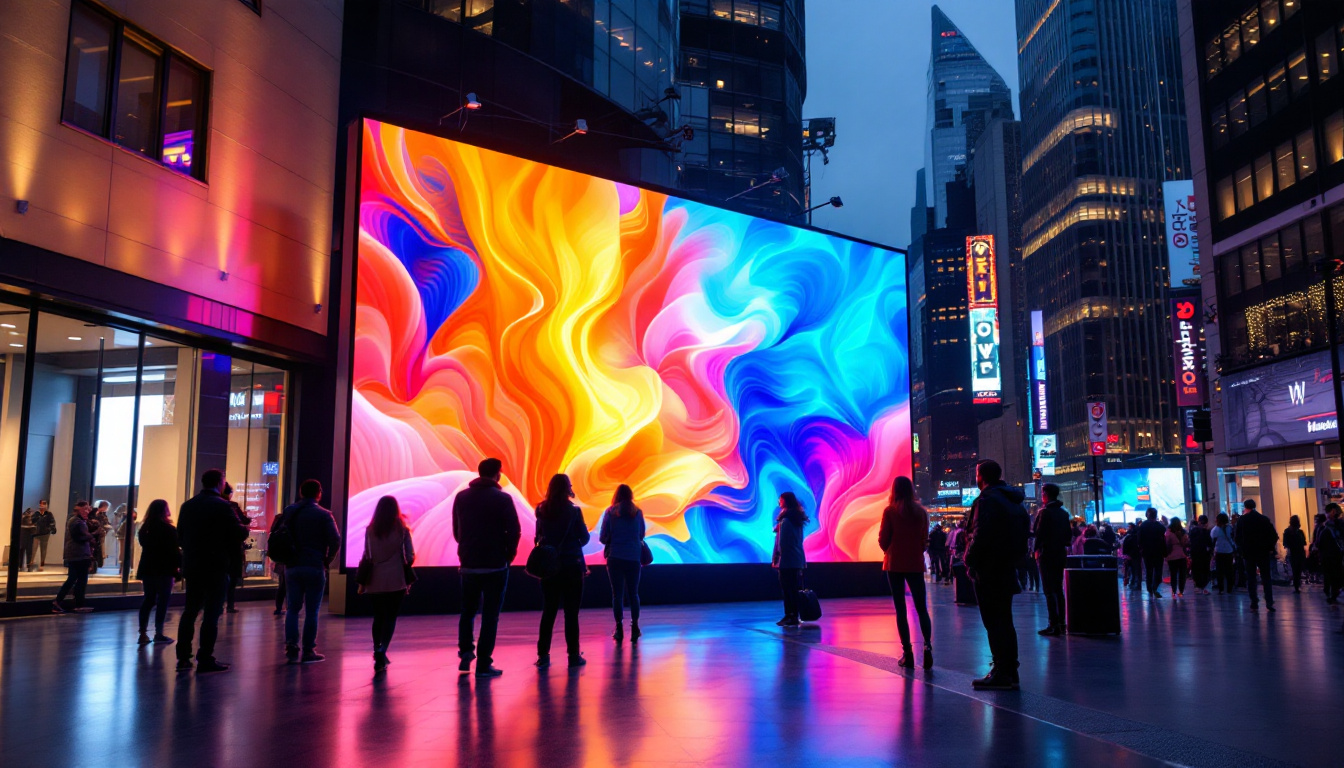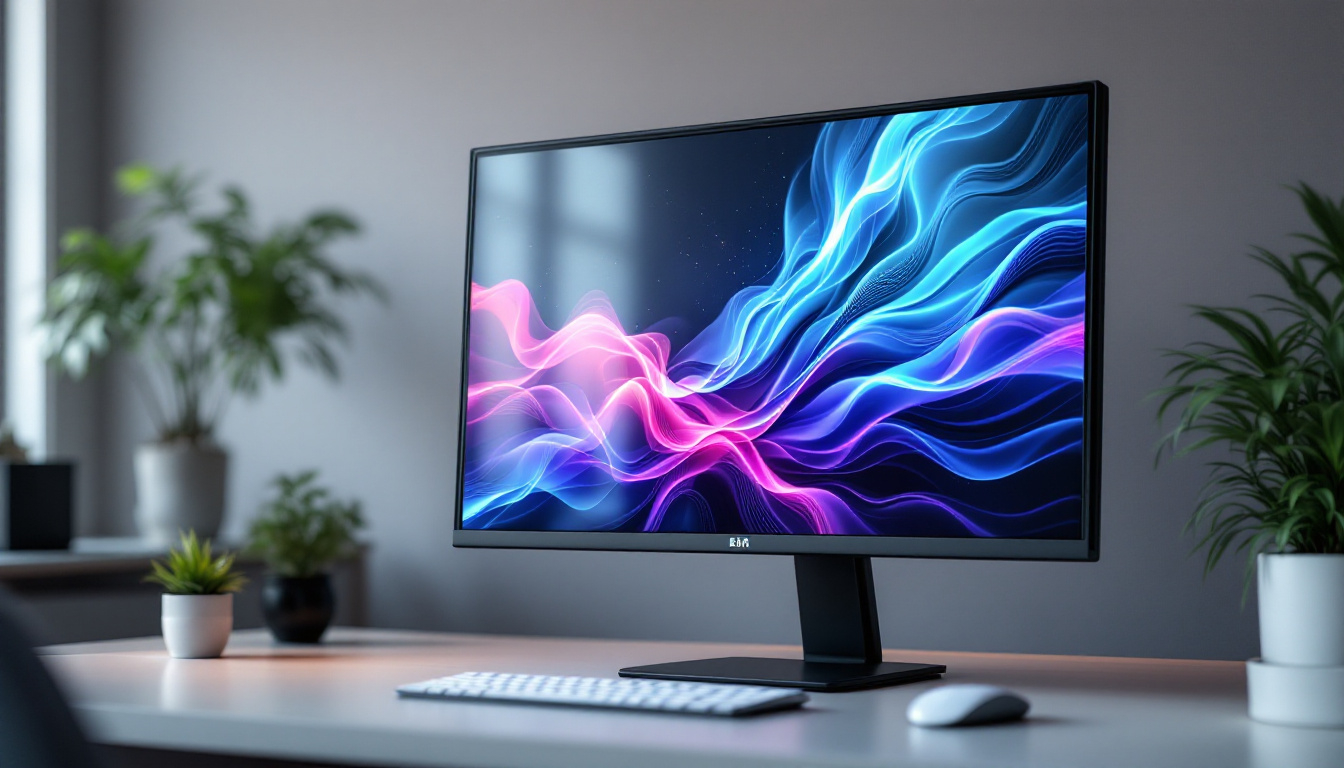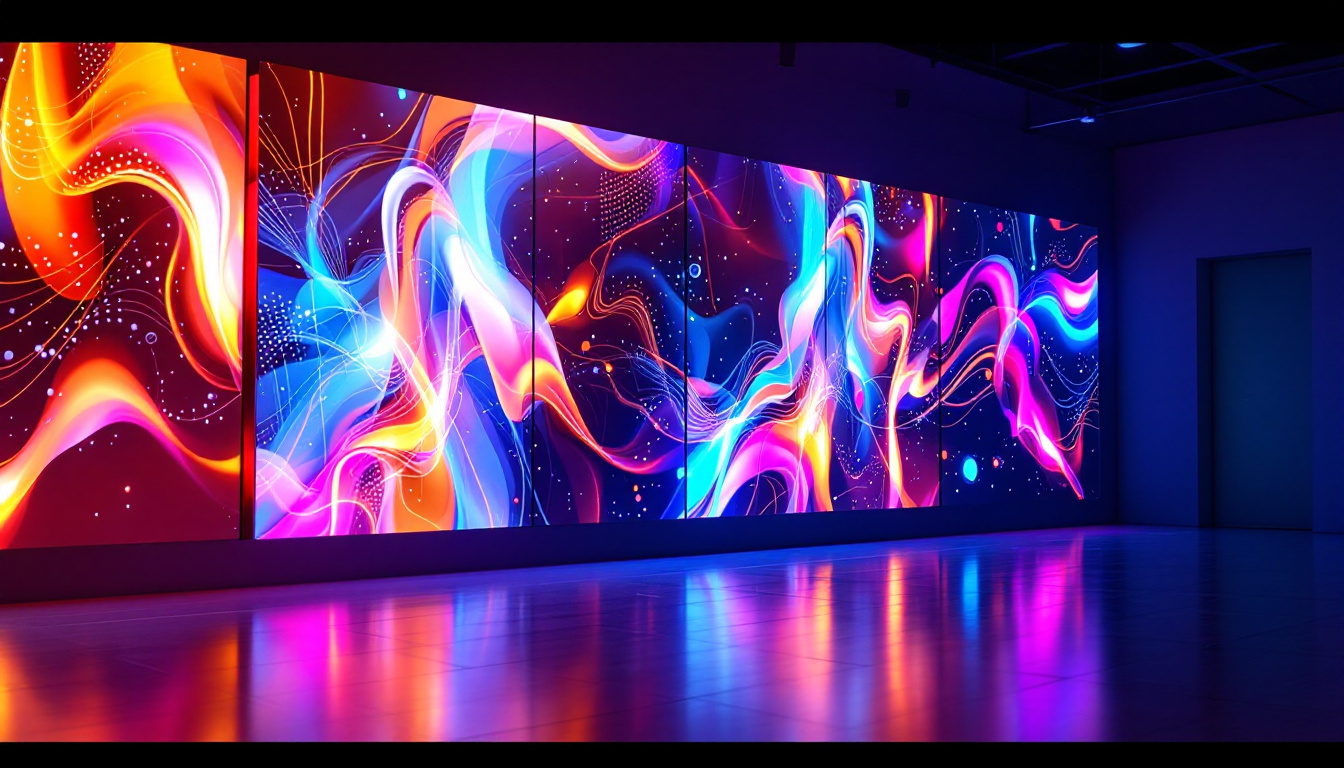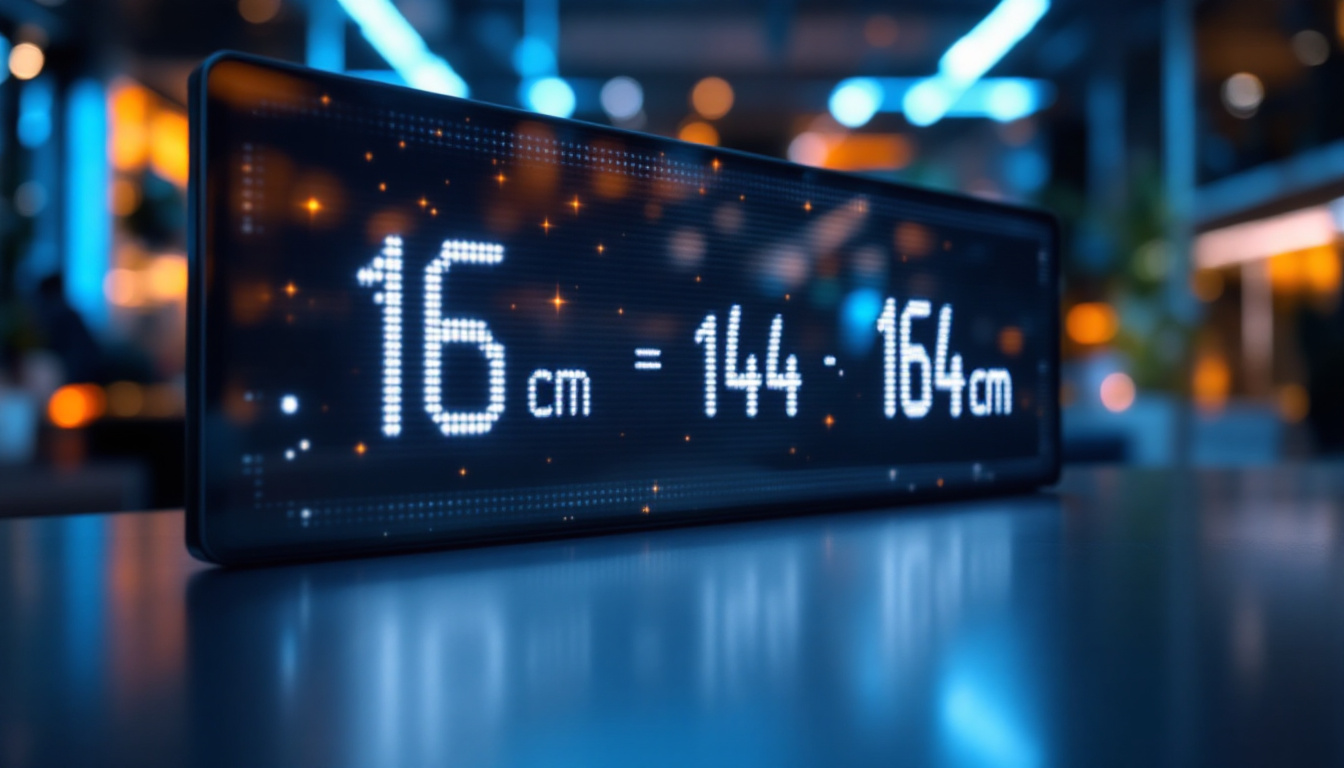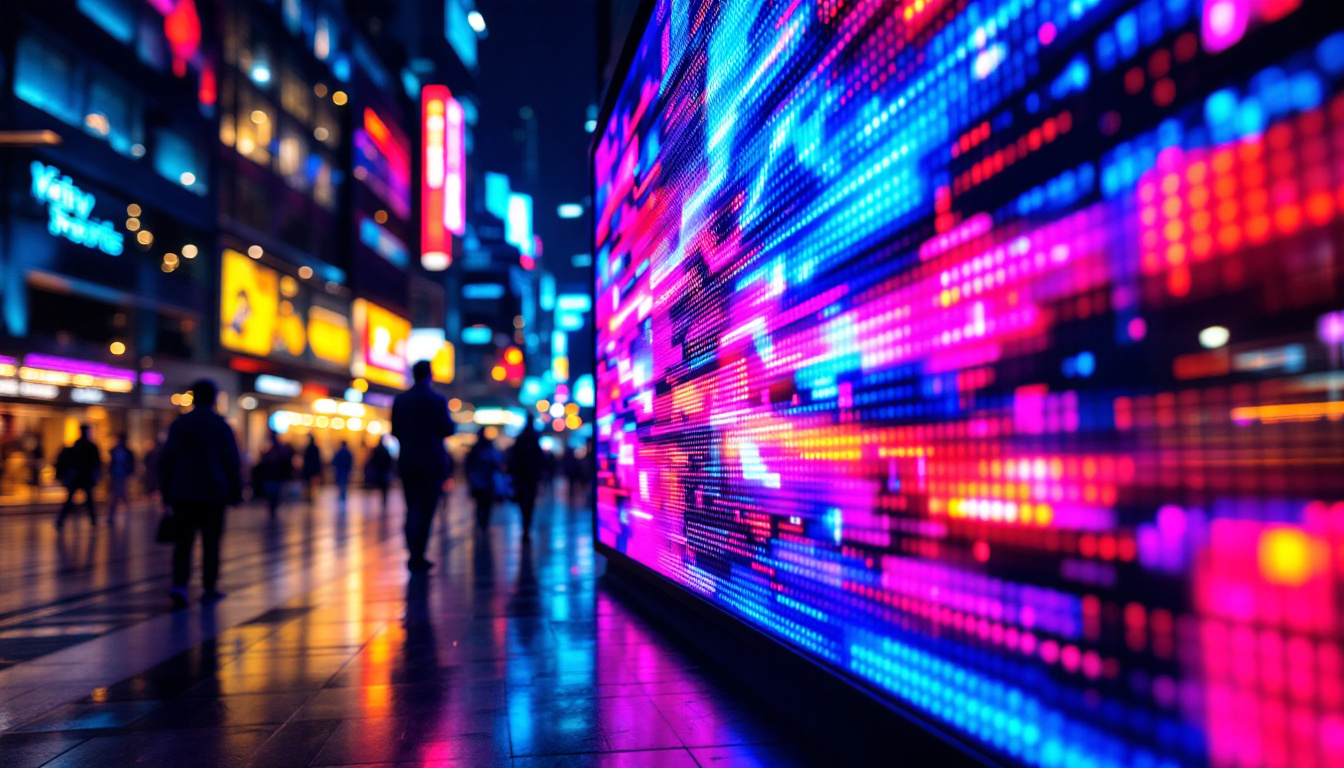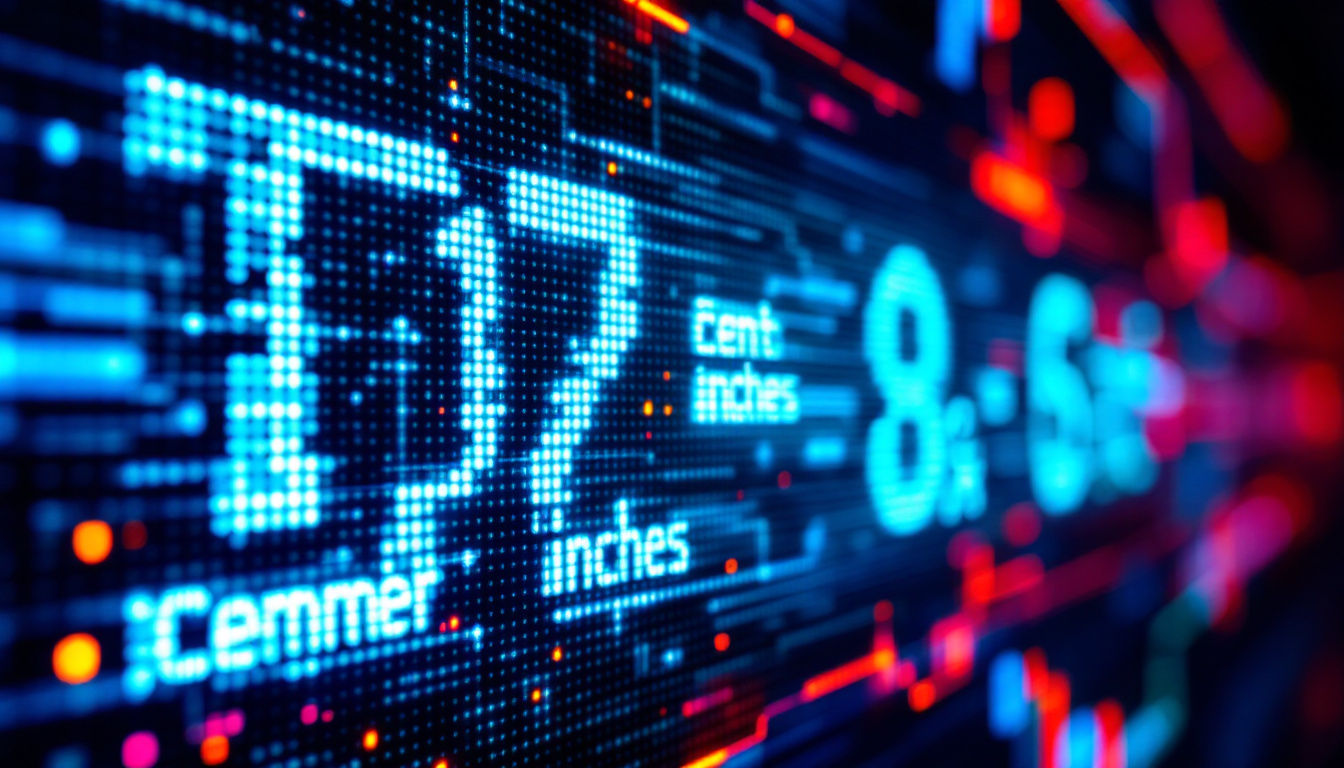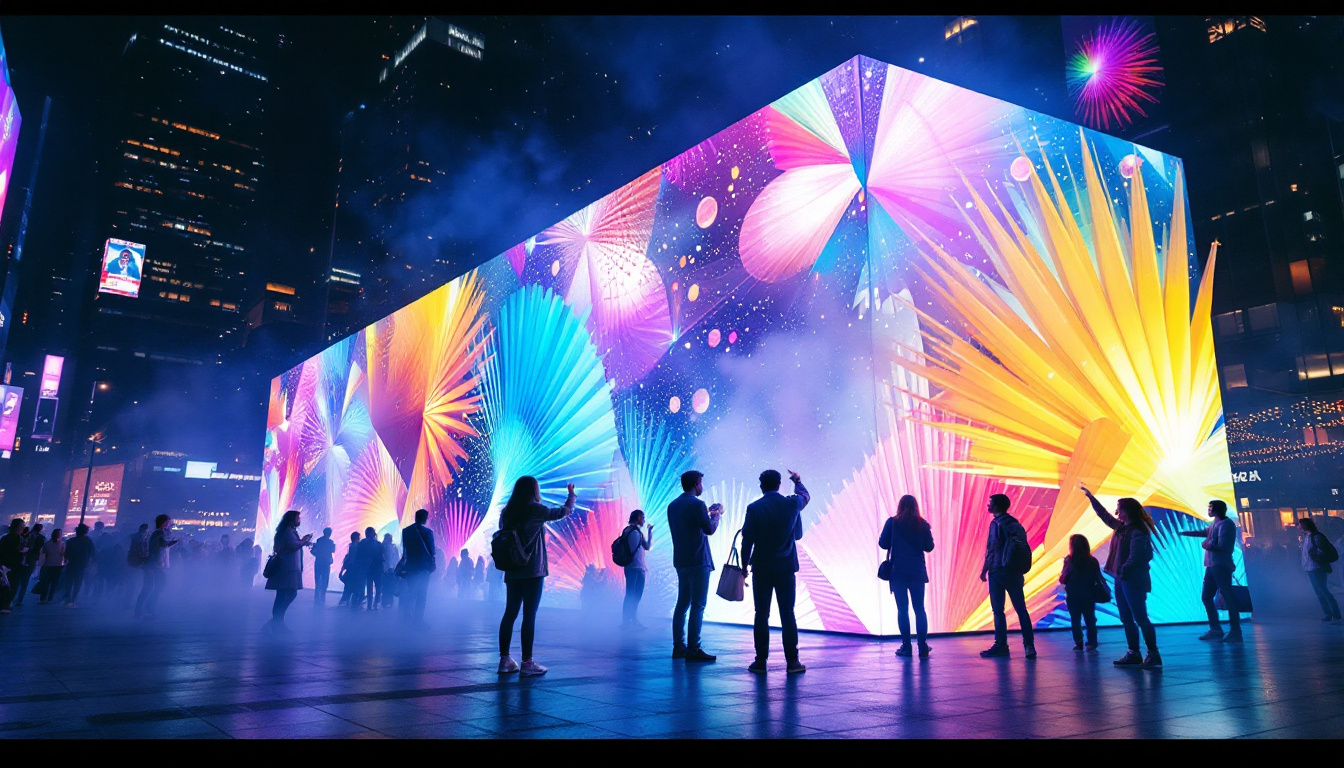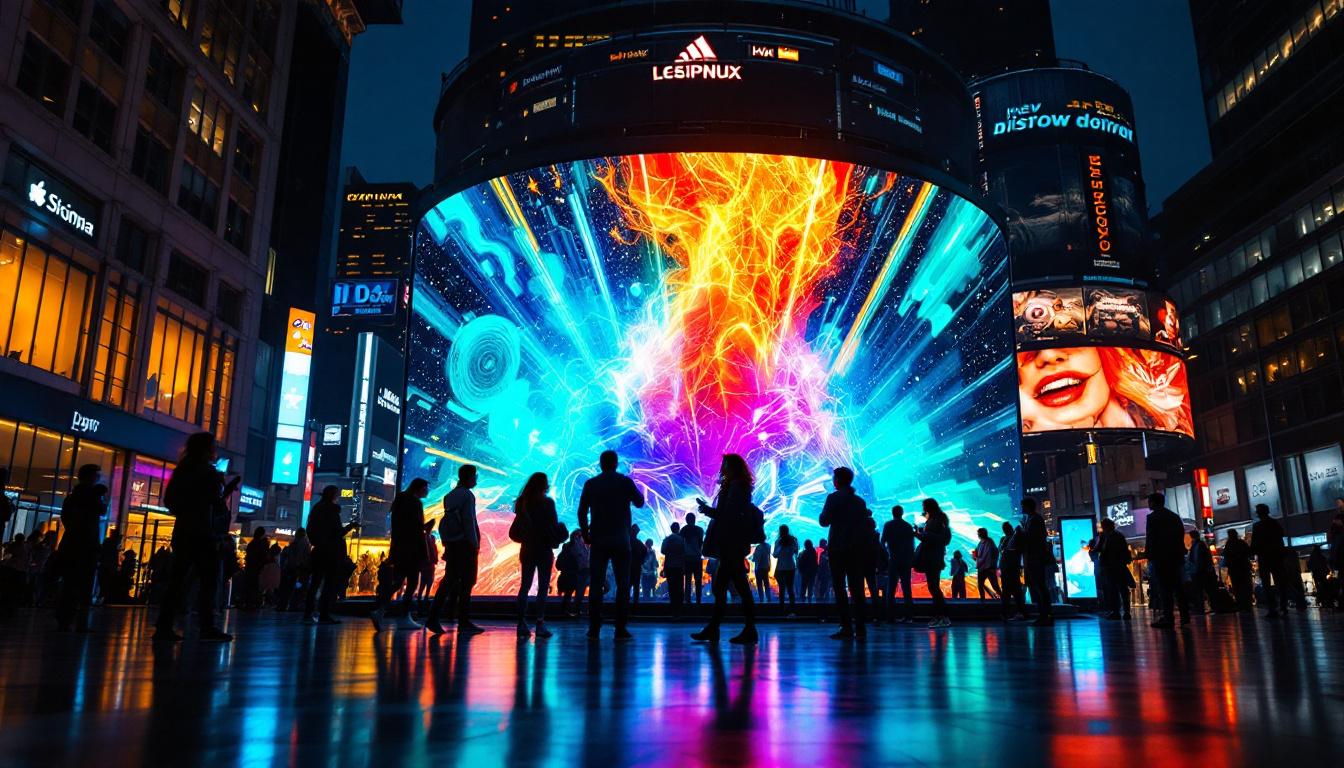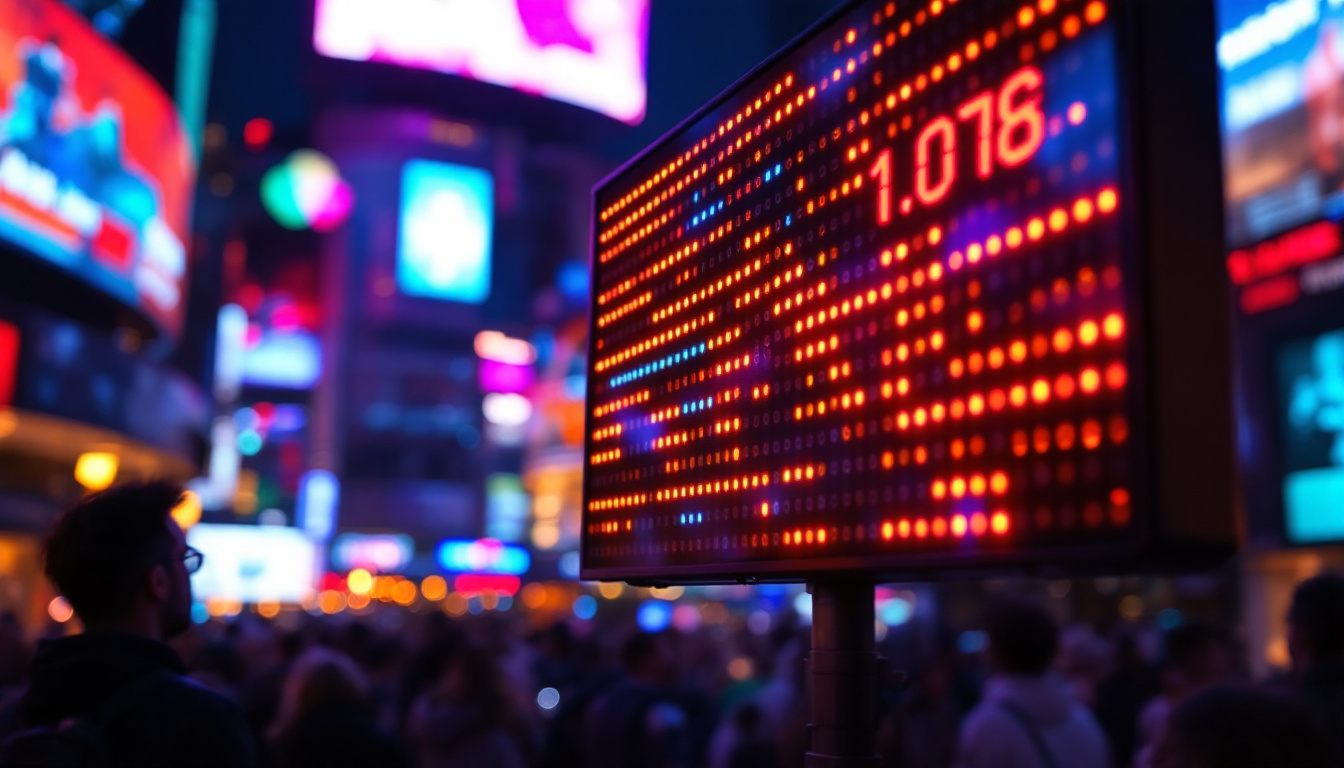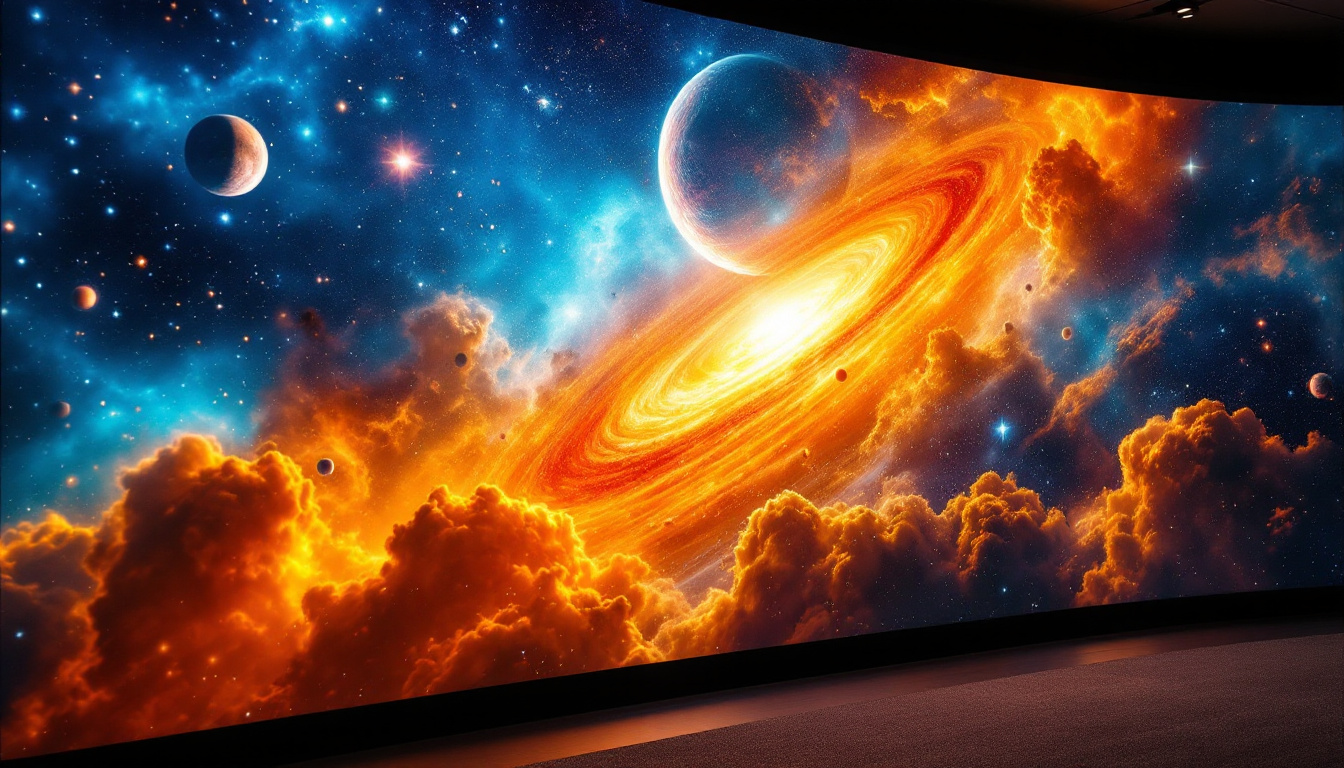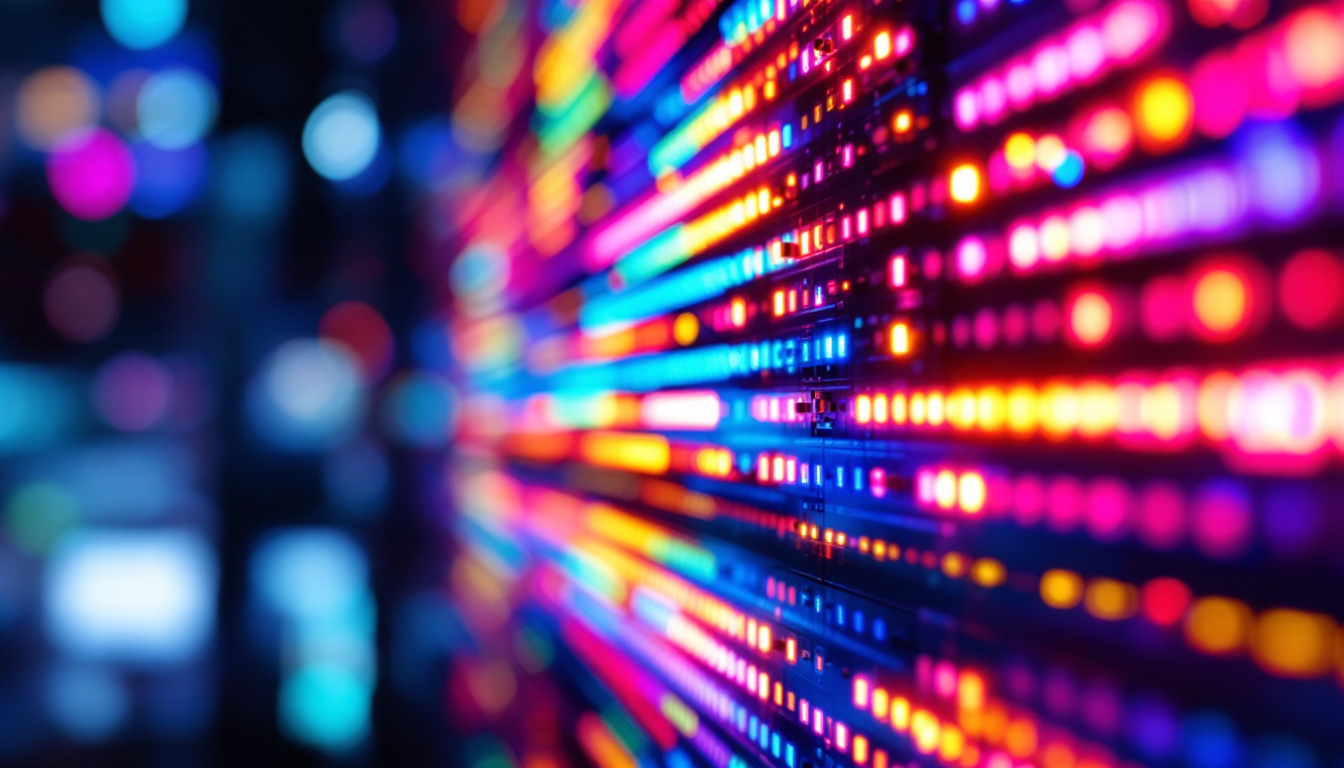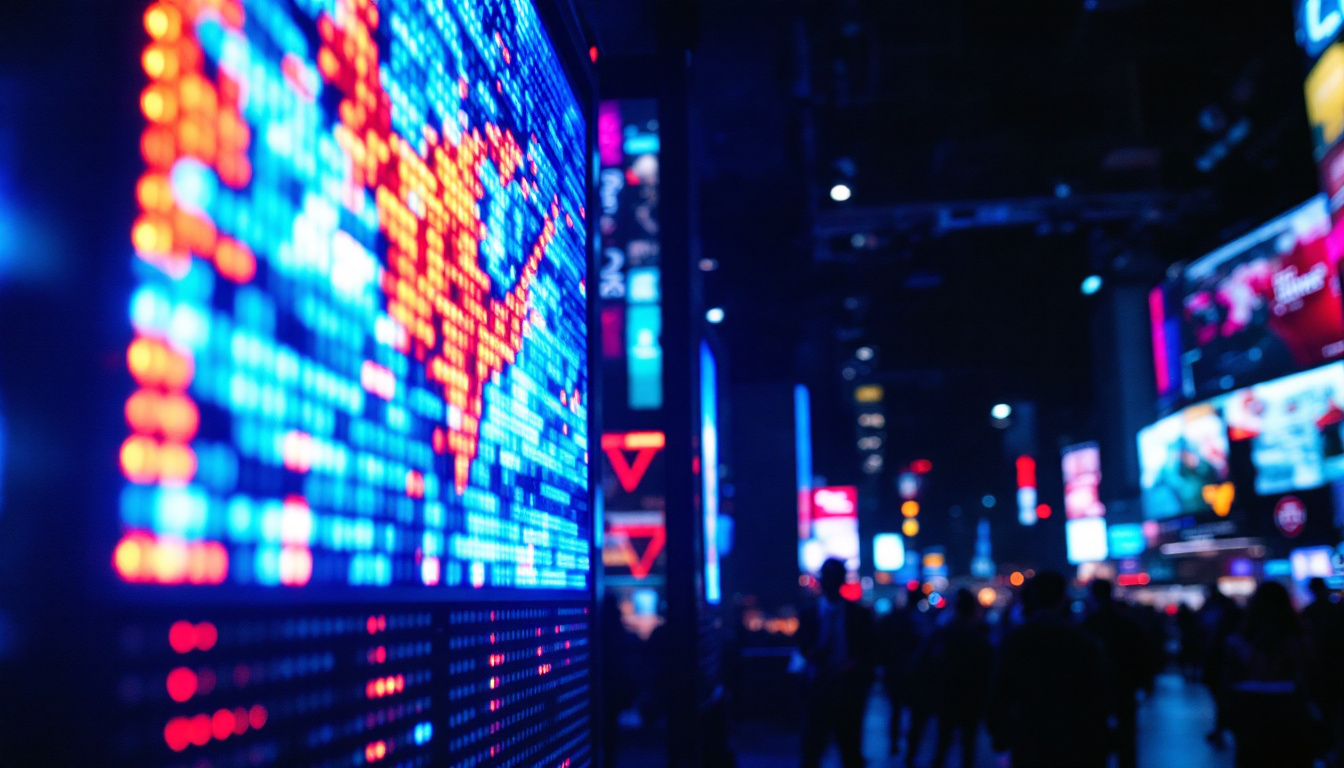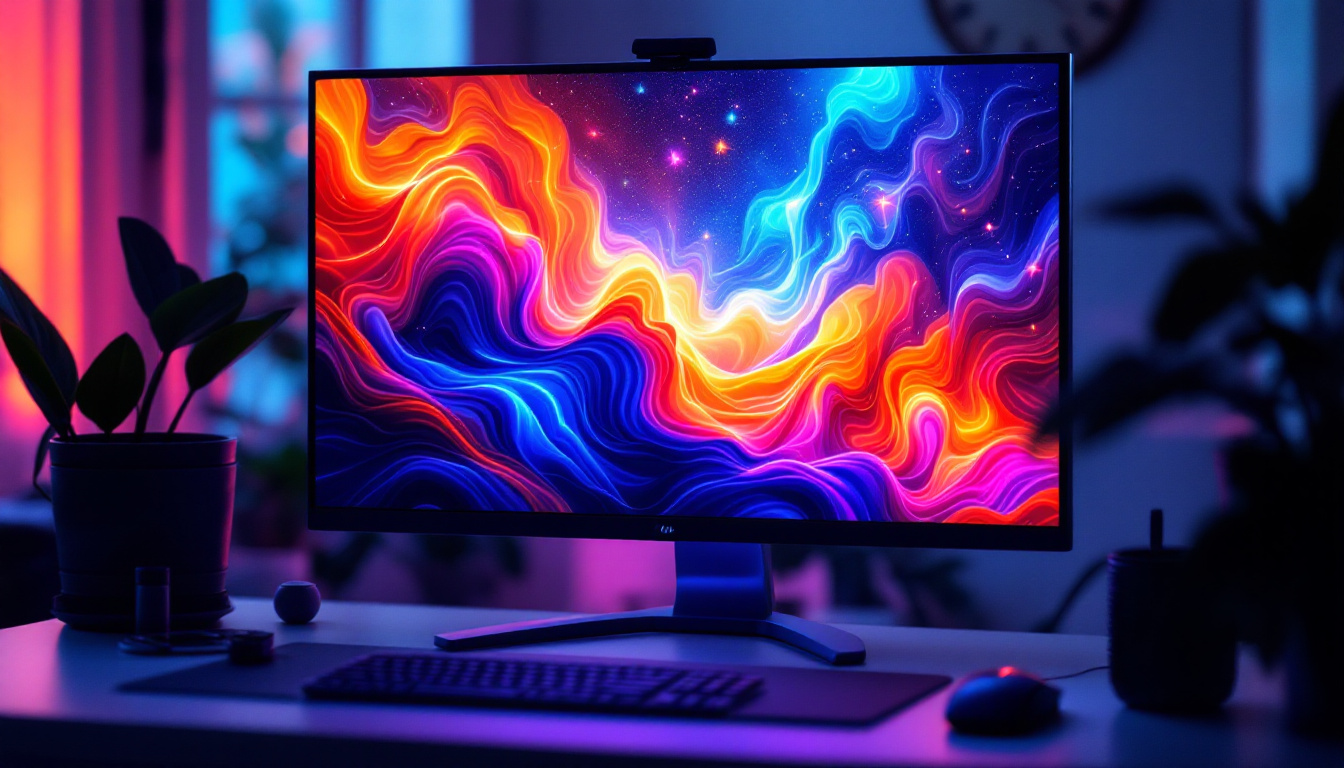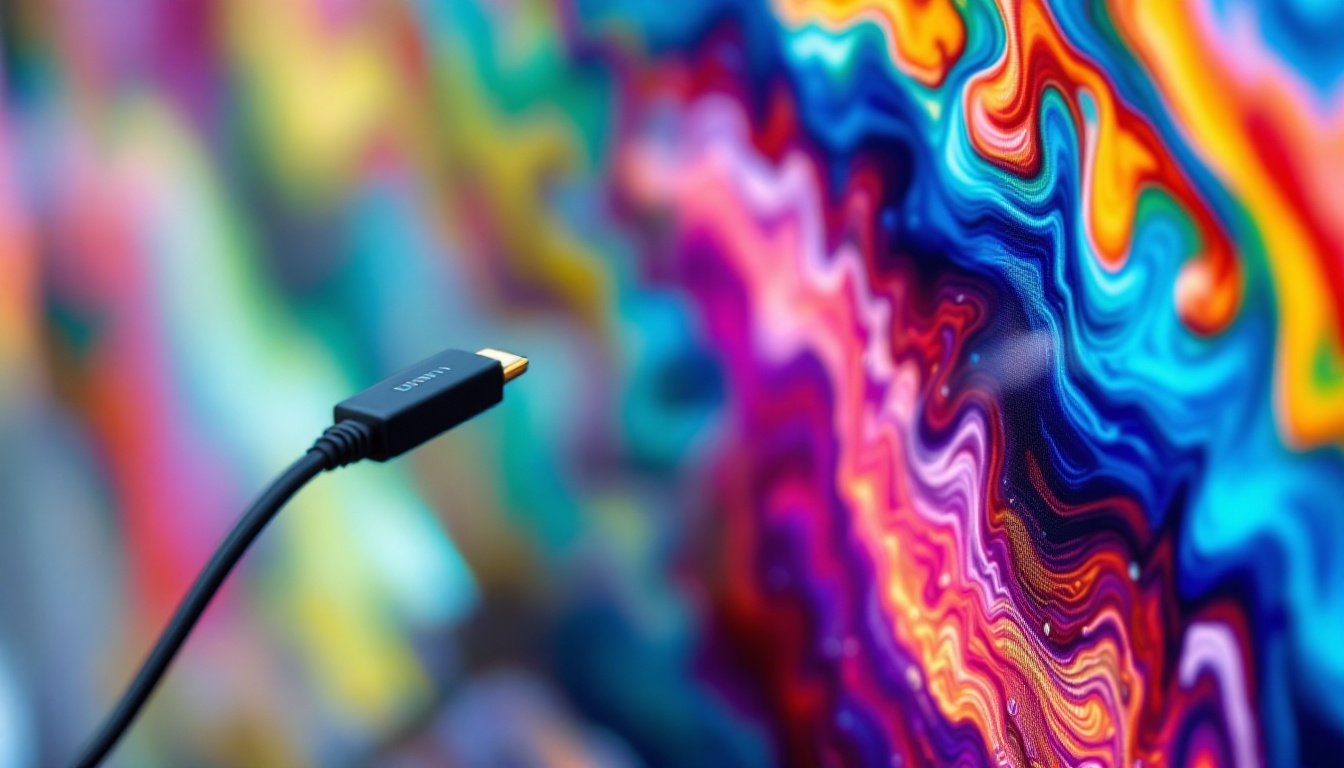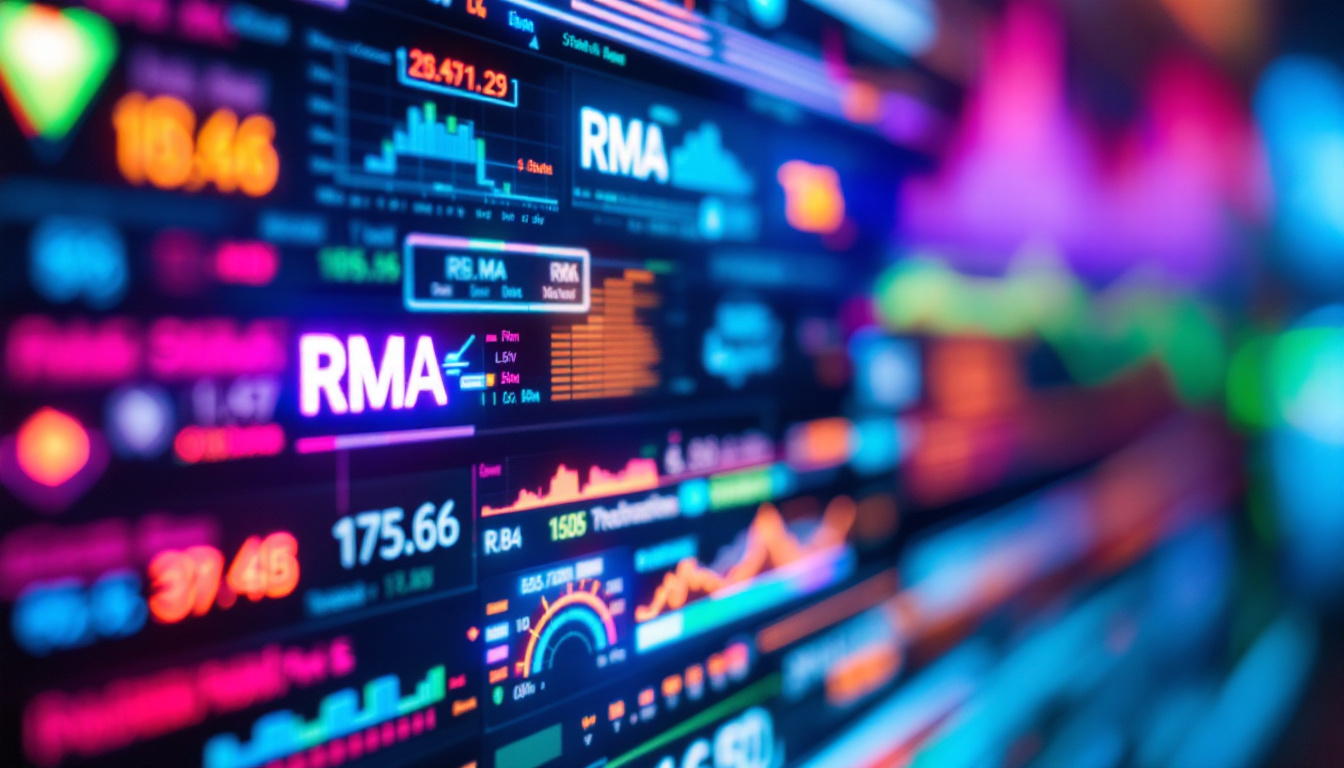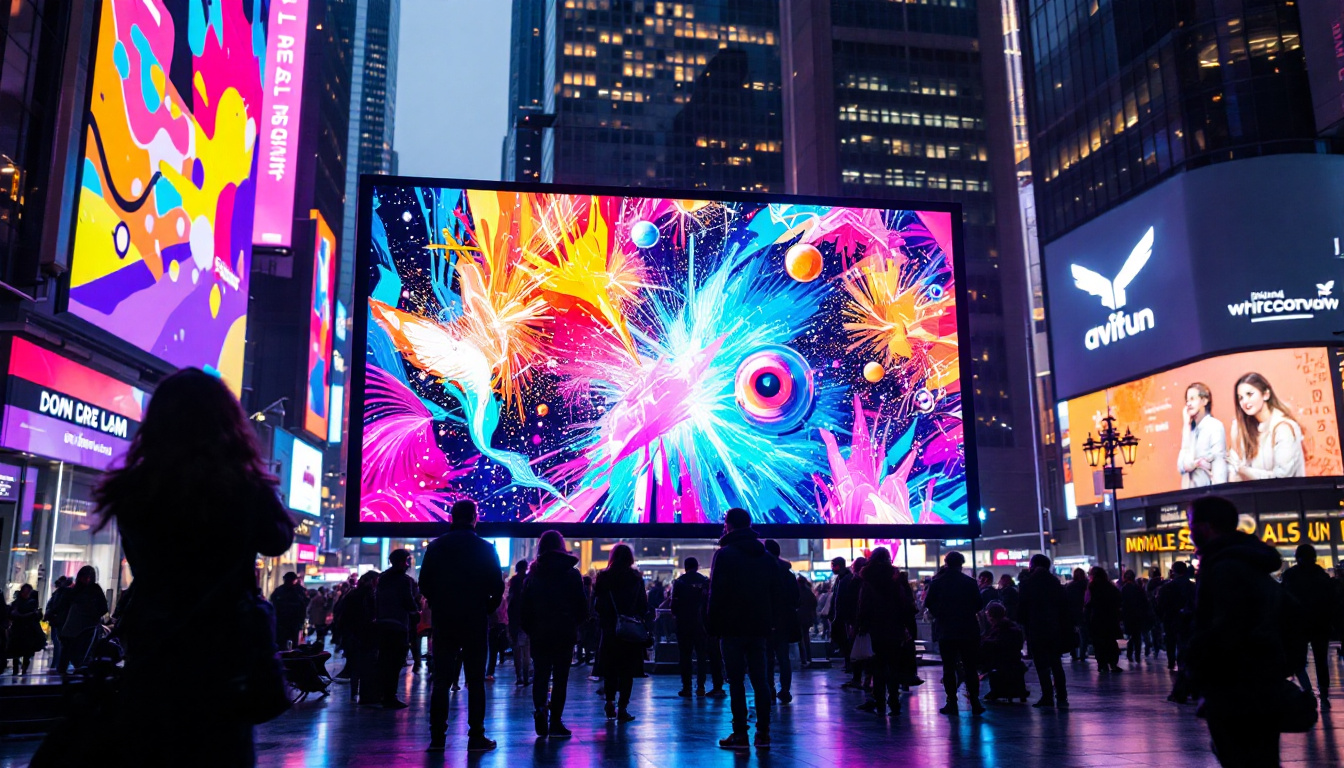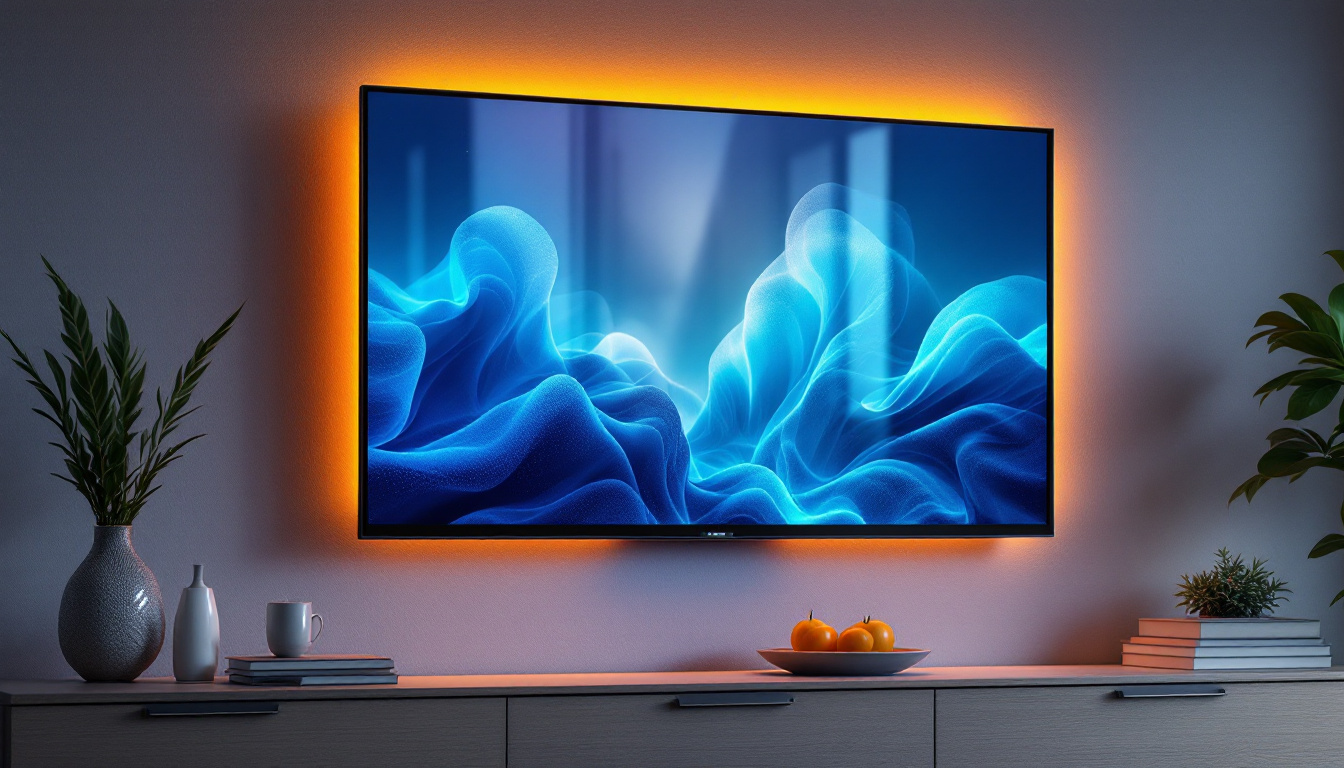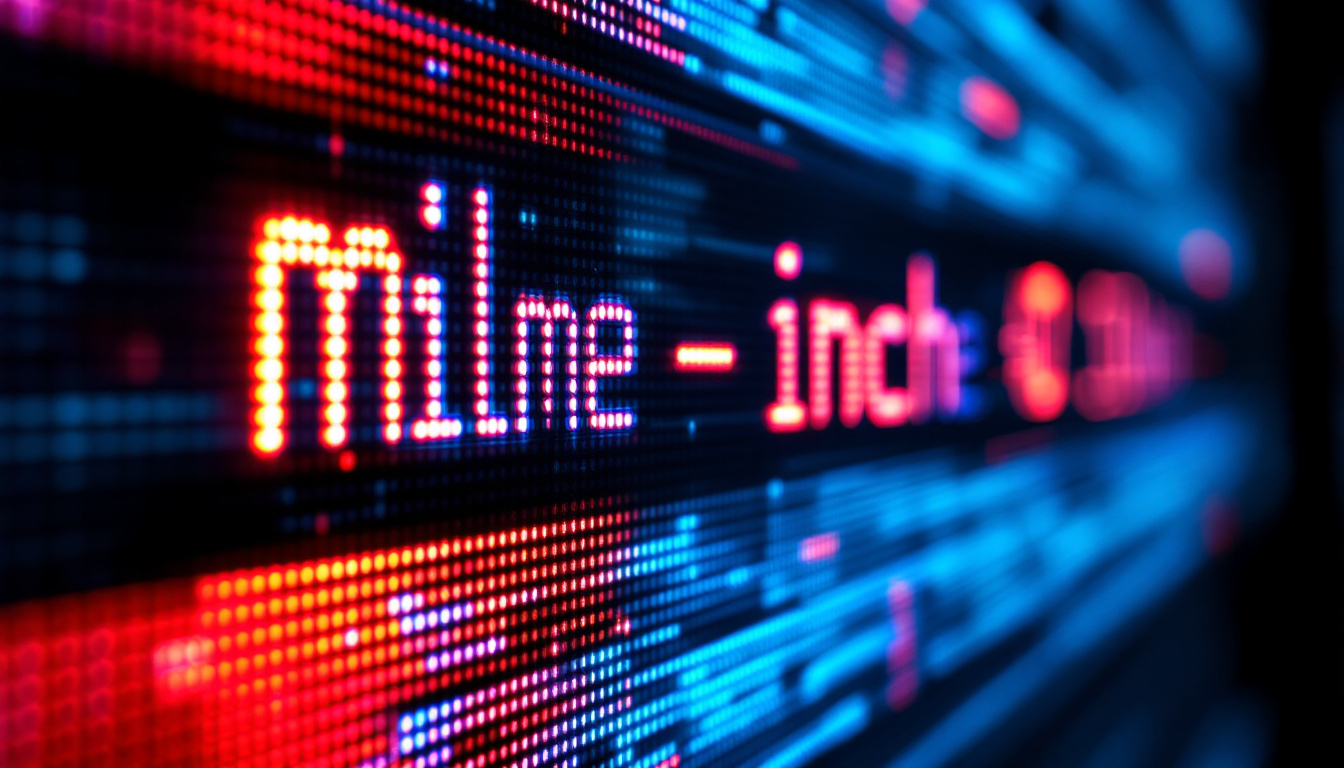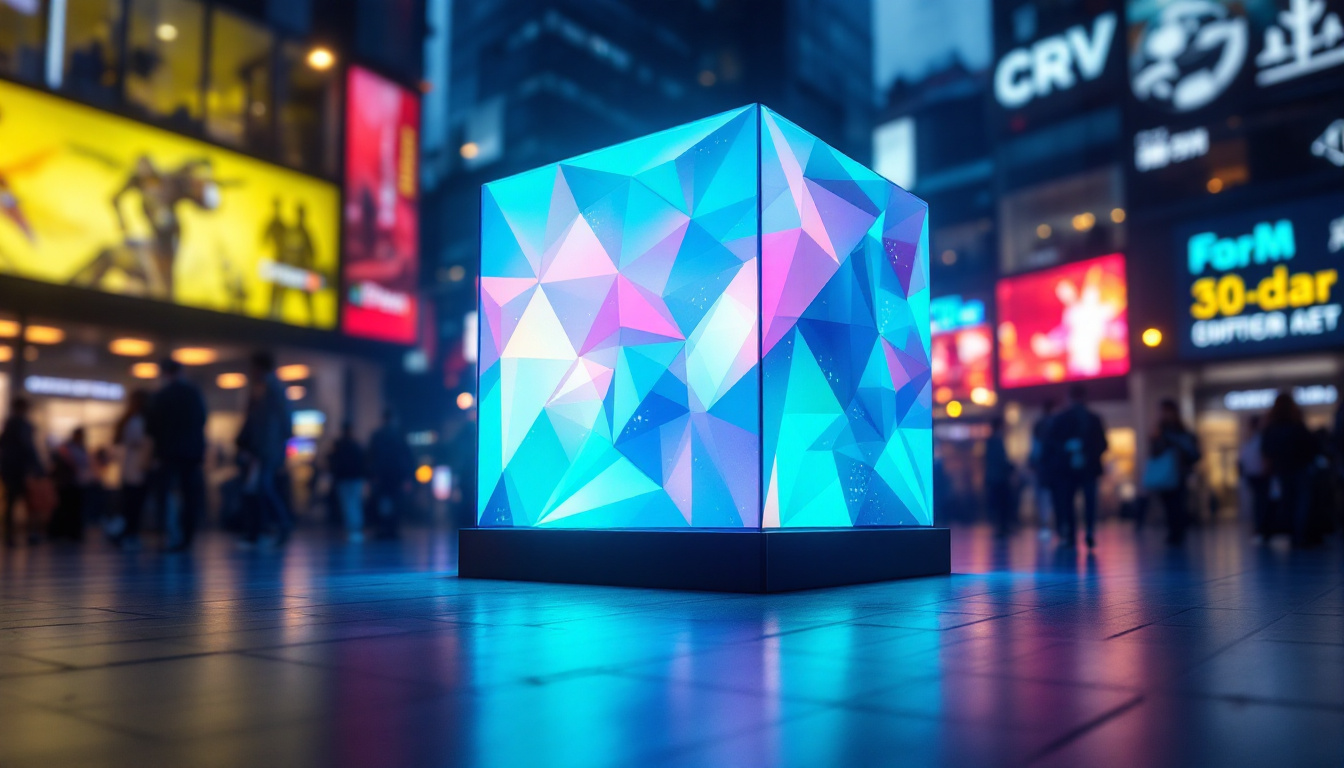In recent years, the integration of advanced materials in technology has transformed various industries, particularly in the realm of display technologies. Among these materials, carbon fiber has emerged as a noteworthy contender, especially in the manufacturing of LED displays. This article delves into the intricacies of carbon fiber, its properties, and its applications in LED display technology, shedding light on why it is becoming a preferred choice in modern display solutions.
Understanding Carbon Fiber
Carbon fiber is a lightweight, high-strength material made from thin strands of carbon atoms. These fibers are woven together to create a composite material that exhibits remarkable strength-to-weight ratios, making it ideal for various applications, including aerospace, automotive, and sports equipment. The process of creating carbon fiber involves spinning the carbon atoms into long, thin strands, which are then cured and woven into fabrics or combined with resins to form solid structures. This intricate manufacturing process not only enhances the material’s strength but also allows for a wide range of customization in terms of flexibility and rigidity.
Properties of Carbon Fiber
The unique properties of carbon fiber contribute significantly to its popularity. One of the most notable characteristics is its high tensile strength, which allows it to withstand considerable stress without deforming. Additionally, carbon fiber is resistant to corrosion, making it suitable for environments where traditional materials may fail. This corrosion resistance is particularly beneficial in marine applications, where exposure to saltwater can quickly degrade metals and other materials. Furthermore, carbon fiber’s lightweight nature reduces the overall weight of structures, leading to improved fuel efficiency in vehicles and aircraft.
Another important property is its low thermal expansion coefficient, which means it does not expand or contract significantly with temperature changes. This stability is crucial in applications where precision is paramount, such as in LED displays, where even minor distortions can affect performance. The ability of carbon fiber to maintain its shape under varying thermal conditions also makes it an excellent choice for high-performance sports equipment, where consistent performance is essential for athletes. Moreover, its excellent vibration dampening properties contribute to a smoother ride in vehicles, enhancing comfort and control for drivers.
Types of Carbon Fiber
There are several types of carbon fiber, each with its own specific properties and applications. The most common types include standard modulus, intermediate modulus, and high modulus carbon fibers. Standard modulus fibers are typically used in applications where weight and strength are essential, while intermediate and high modulus fibers offer increased stiffness and tensile strength, making them suitable for high-performance applications. The choice of carbon fiber type can significantly influence the overall performance and durability of the final product, as each type is engineered to meet specific mechanical requirements.
In the context of LED displays, the choice of carbon fiber type can influence the overall performance, durability, and aesthetic appeal of the final product. Manufacturers often select specific types based on the intended use and environmental conditions the displays will face. For instance, high modulus carbon fibers may be preferred for outdoor displays that need to withstand harsh weather conditions, while standard modulus fibers might be sufficient for indoor applications. Additionally, the surface finish of carbon fiber can be tailored to enhance the visual appeal of products, allowing for sleek, modern designs that attract consumers. The versatility of carbon fiber continues to open new avenues for innovation across various industries, as researchers and engineers explore its potential in emerging technologies and applications.
The Role of Carbon Fiber in LED Displays
LED displays have gained immense popularity due to their energy efficiency, brightness, and versatility. The integration of carbon fiber into LED display technology enhances these benefits, offering a range of advantages that improve performance and longevity.
Lightweight and Durable Design
One of the primary advantages of incorporating carbon fiber into LED displays is the significant reduction in weight. Traditional display materials can be heavy and cumbersome, making installation and transportation challenging. Carbon fiber, on the other hand, allows for the creation of lightweight structures that are easier to handle and install.
This lightweight nature does not compromise durability; in fact, carbon fiber enhances the overall robustness of LED displays. The material’s resistance to impact and environmental factors ensures that displays can withstand the rigors of both indoor and outdoor use, extending their lifespan and reducing maintenance costs. Furthermore, the inherent flexibility of carbon fiber allows for innovative designs, enabling manufacturers to create curved or uniquely shaped displays that can fit into a variety of architectural settings, enhancing aesthetic appeal while maintaining functionality.
Improved Thermal Management
Effective thermal management is crucial for the performance of LED displays. Excess heat can lead to reduced efficiency, color distortion, and even failure of the display. Carbon fiber’s low thermal expansion and excellent heat dissipation properties help maintain optimal operating temperatures.
By incorporating carbon fiber into the design of LED displays, manufacturers can create systems that effectively manage heat, ensuring consistent performance and preventing overheating. This is particularly important in high-brightness applications, where heat generation is a significant concern. Additionally, the integration of carbon fiber can facilitate the incorporation of advanced cooling technologies, such as heat sinks or active cooling systems, further enhancing the thermal management capabilities of LED displays. These advancements not only improve the reliability of the displays but also contribute to energy savings, as systems that operate within optimal temperature ranges tend to consume less power over time.
Applications of Carbon Fiber LED Displays
The versatility of carbon fiber LED displays has led to their adoption across various sectors. From advertising to entertainment, the applications are diverse and continually expanding.
Advertising and Digital Signage
In the advertising industry, carbon fiber LED displays are increasingly used for digital signage due to their lightweight and high-resolution capabilities. These displays can be mounted in various locations, including outdoor billboards and indoor retail environments, providing vibrant visuals that capture consumer attention.
The durability of carbon fiber ensures that these displays can withstand harsh weather conditions, making them ideal for outdoor advertising. Additionally, the sleek design of carbon fiber structures allows for innovative and eye-catching installations that enhance brand visibility.
Sports and Entertainment Venues
Sports arenas and entertainment venues have also embraced carbon fiber LED displays. The lightweight nature of carbon fiber allows for large-scale displays that can be suspended from ceilings or mounted on structures without compromising safety or stability.
These displays provide fans with immersive experiences, showcasing real-time statistics, replays, and advertisements. The ability to create curved or uniquely shaped screens using carbon fiber further enhances the visual appeal and engagement of audiences.
Future Trends in Carbon Fiber LED Displays
The future of carbon fiber LED displays looks promising, with ongoing advancements in both material science and display technology. As manufacturers continue to explore the potential of carbon fiber, several trends are emerging.
Integration with Smart Technology
As smart technology becomes more prevalent, the integration of carbon fiber LED displays with IoT (Internet of Things) systems is on the rise. This allows for real-time data collection and analysis, enabling dynamic content updates and personalized advertising experiences.
Smart carbon fiber LED displays can adapt to their environment, adjusting brightness based on ambient light conditions or displaying targeted content based on audience demographics. This level of interactivity is set to redefine how businesses engage with consumers.
Advancements in Manufacturing Techniques
Innovations in manufacturing techniques are also contributing to the evolution of carbon fiber LED displays. Techniques such as 3D printing and automated production processes are making it easier to create complex shapes and designs, further enhancing the aesthetic possibilities of displays.
These advancements not only improve design flexibility but also reduce production costs and time, making carbon fiber LED displays more accessible to a wider range of applications and industries.
Challenges and Considerations
Despite the numerous advantages of carbon fiber LED displays, there are challenges that manufacturers must navigate. Understanding these challenges is essential for optimizing the use of carbon fiber in display technology.
Cost of Materials
The cost of carbon fiber materials can be significantly higher than traditional display materials. This can pose a barrier to entry for some manufacturers, particularly those operating on tight budgets. However, as production techniques advance and demand increases, it is anticipated that costs will gradually decrease.
Investing in carbon fiber technology may initially require a higher capital expenditure, but the long-term benefits, including reduced maintenance and enhanced performance, often justify the investment.
Environmental Impact
Another consideration is the environmental impact of carbon fiber production. The manufacturing process can be energy-intensive, and the disposal of carbon fiber products can pose challenges due to their non-biodegradable nature.
To address these concerns, ongoing research is focused on developing more sustainable production methods and recycling processes for carbon fiber materials. As the industry evolves, it is expected that more eco-friendly solutions will emerge, making carbon fiber LED displays a more sustainable option.
Conclusion
Carbon fiber has revolutionized the landscape of LED display technology, offering a unique blend of lightweight durability, thermal management, and design flexibility. As industries continue to explore the potential of carbon fiber, the applications for LED displays will only expand, paving the way for innovative solutions that enhance user experiences.
While challenges remain, the future of carbon fiber LED displays is bright, driven by advancements in technology and a growing demand for high-performance, sustainable display solutions. As manufacturers navigate these challenges, the integration of carbon fiber in LED displays is set to redefine the standards of visual technology, making it an exciting area to watch in the coming years.
Discover the Future of LED Displays with LumenMatrix
Ready to experience the unparalleled advantages of carbon fiber in LED display technology? LumenMatrix is at the forefront of this innovation, offering a diverse range of LED display solutions tailored to meet your unique needs. From captivating Indoor LED Walls to dynamic Outdoor LED Displays, and from versatile Vehicle LED Displays to engaging LED Sports Displays, LumenMatrix is committed to enhancing your brand’s visibility and audience engagement. Embrace the future of visual communication with our cutting-edge LED display modules. Check out LumenMatrix LED Display Solutions today and transform your visual storytelling.

